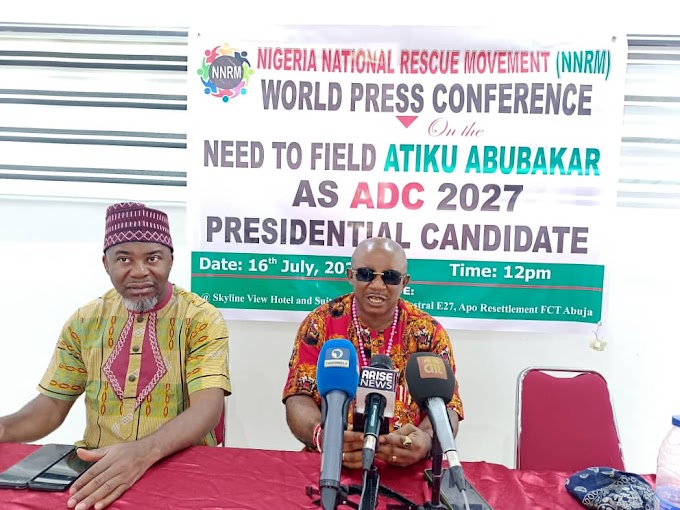Trump administration officials are hurrying to catch up to the president’s audacious and improbable plan for the United States to take
ownership of Gaza and redevelop it into a “Middle Eastern Riviera,” trying to wrap their heads around an idea that some hope might be so outlandish it forces other nations to step in with their own proposals for the Palestinian enclave.
President Donald Trump’s idea — announced Tuesday evening at a joint news conference with Israeli Prime Minister Benjamin Netanyahu — was formulated over time, people familiar with the matter said, and appeared to originate with the president himself. It was only the latest reminder that policy ideas often start with Trump, rather than slowly build through national experts before ultimately reaching the Oval Office for discussion.
At its root, officials said, this suggestion was intended in part to spur action on an issue Trump viewed as moribund, with no other nations offering reasonable solutions for how to rebuild an area that has been obliterated by Israeli bombardment following Hamas’ October 7, 2023, terrorist attacks.
However it came about, his unveiling of the idea — which he delivered by reading off notes in the East Room — came as a shock.
One adviser on Middle East issues had not heard the proposal until Trump raised it during his news conference. The official described themselves as stunned.
But others said Trump had run the idea by people in the days ahead of the Netanyahu talks. His Middle East envoy Steve Witkoff, who visited Gaza last week, returned to Washington with a dire impression of the devastation he witnessed, conveying to Trump and later to reporters a view that it was no longer habitable.
“It is the buildings that could tip over at any moment. There’s no utilities there whatsoever, no working water, electric, gas, nothing. God knows what kind of disease might be festering there,” Witkoff told reporters Tuesday. “So when the president talks about cleaning it out, he talks about making it habitable. And this is a long range plan.”
Witkoff’s descriptions left an impression on the president, who became preoccupied with the matter. In conversations with aides, he bemoaned what he said was a void of alternative plans being offered by other players in the region.
The president has said he’s been socialing this idea for quite some time. He’s been thinking about this,” his press secretary Karoline Leavitt said Wednesday.
Still, she acknowledged the idea hadn’t been formalized into written form until Trump voiced it Tuesday.
“The plan was written in the president’s remarks last night as he revealed it to the world,” she said.
And in comments that appeared to soften some of the president’s own stances, Leavitt insisted he was advocating only for a “temporary” relocation of Palestinians from Gaza, despite Trump asserting a day earlier that no one should be returning to the strip. She also said Trump hadn’t committed to sending US troops to Gaza – though he didn’t rule it out – and downplayed possible US financial obligations to securing, as Trump described it, “long-term ownership” of the strip.
A White House official told CNN that Witkoff’s descriptions of his trip were an “inflection point” for the president.
Trump’s close Middle East advisers, like national security adviser Mike Waltz and Witkoff, knew Trump was planning to lay out the proposal on Tuesday, the official said. Waltz and Witkoff discussed the idea with Netanyahu Monday night while meeting with the Israeli leader at Blair House, the official said.
“The notion of lather, rinse, repeat — let’s do the same thing in Gaza we’ve done for decades isn’t going to sustain,” the White House official said of how Trump and his team got to this position. “We’ve been in this loop, this cycle … for too long and it isn’t working.”


































0 Comments